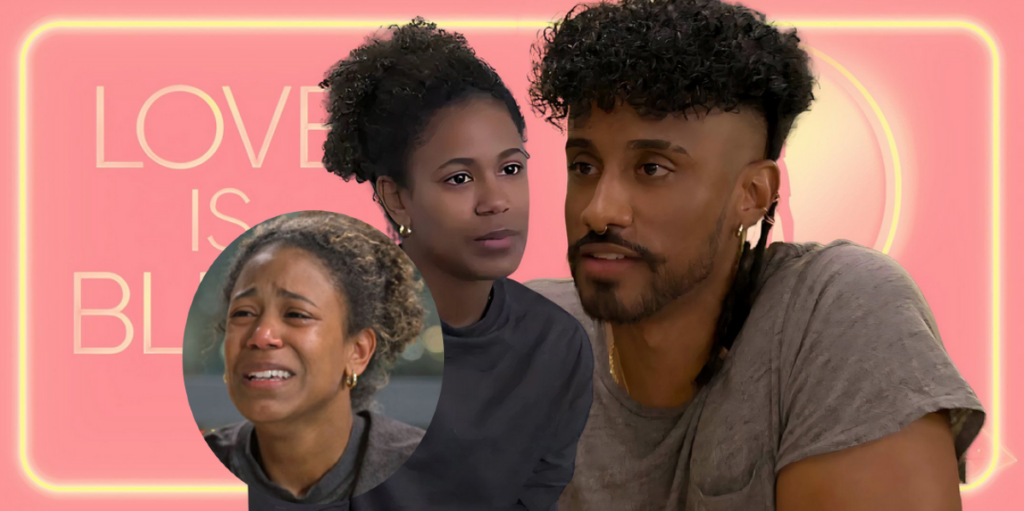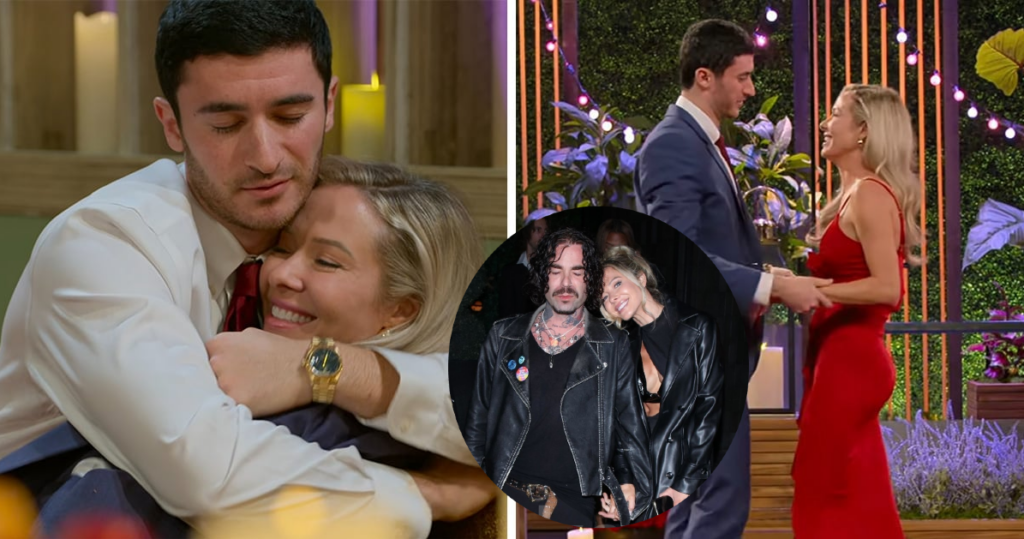Netflix’s innovative reality experiment continues to captivate audiences as one of the most beloved dating shows. However, upon revisiting the series, fans are confronted with some stark truths that they may have overlooked initially.

Love Is Blind season 4 is slated to debut on Netflix in 2023. The streaming platform has already greenlit both the fourth and fifth installments of the popular dating series due to its unique and captivating premise. Love Is Blind allows couples to form connections without ever laying eyes on each other, leading to a deeper level of emotional connection. While the concept is refreshing, upon revisiting the first three seasons, viewers are reminded of the challenges inherent in producing such a show. Like any project of this nature, mistakes are bound to happen along the way. Love Is Blind also adheres to some of the standard requirements of the genre that fans of love-based reality programs would be well-acquainted with. Additionally, it’s important to note that Love Is Blind draws inspiration from various formats, ensuring that it remains distinct and original in its own right. However, these influences contribute to the overall appeal and success of the show, adding an extra layer of excitement for fans tuning in on Netflix.

The concept of Love Is Blind may seem original, but in reality, it shares many similarities with other dating shows currently on the market. Netflix itself has produced shows like Sexy Beasts, which also revolves around the idea of couples not seeing each other during initial dates. Furthermore, Married At First Sight takes a similar approach, going beyond engagement and immediately jumping into marriages. The events that unfold in both shows align with the narratives seen in Love Is Blind. In a crowded genre, where various successful shows exist, rewatching Love Is Blind reveals numerous similarities with its counterparts. In conclusion, while Love Is Blind presents itself as a unique experiment, it doesn’t offer a completely new or groundbreaking concept in the realm of dating shows.
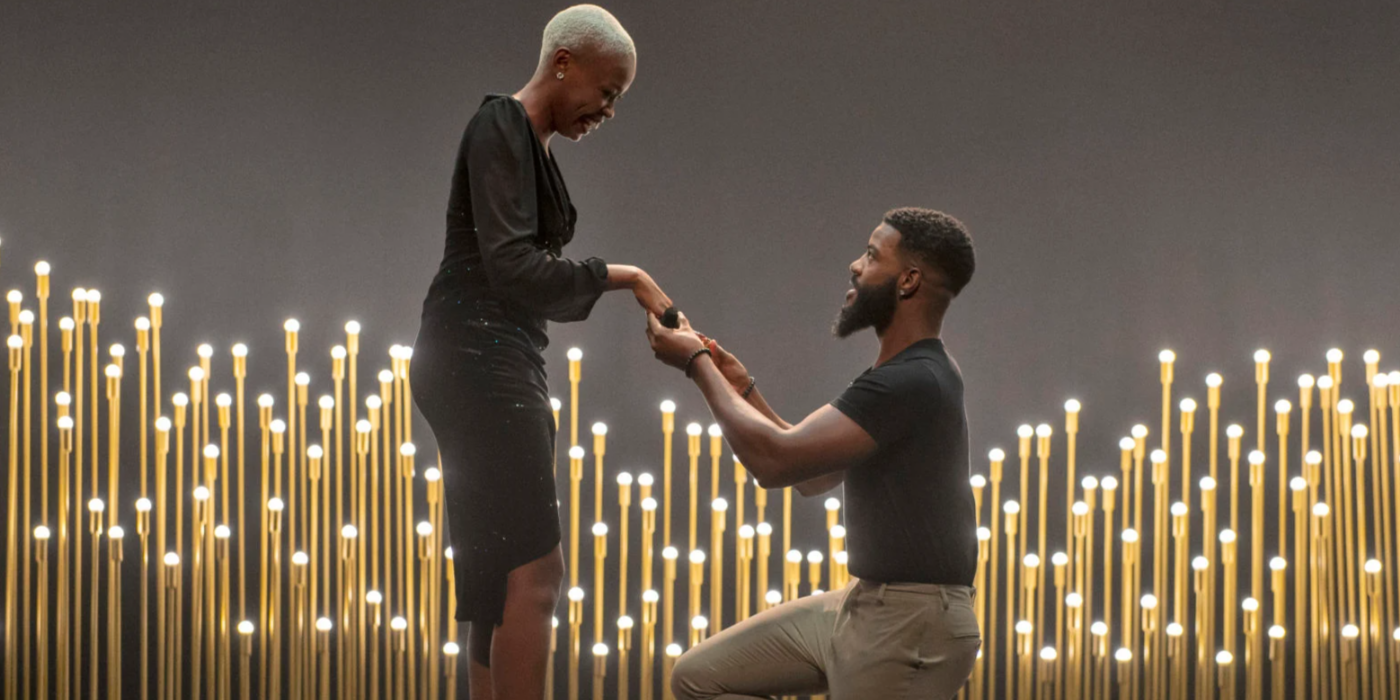
Similar to many other dating shows, Love Is Blind fails as an experiment. Although some couples from previous seasons have managed to build lasting love, the overall success rate is not promising from a statistical standpoint. In order for the show to truly claim success as a scientific experiment, it would need a significantly higher number of couples who genuinely fall in love. Unfortunately, when rewatching the series, it becomes evident that it falls short of being a groundbreaking project. One of the main issues is that it is easy for individuals to deceive others when they are hidden behind a screen or not physically present.
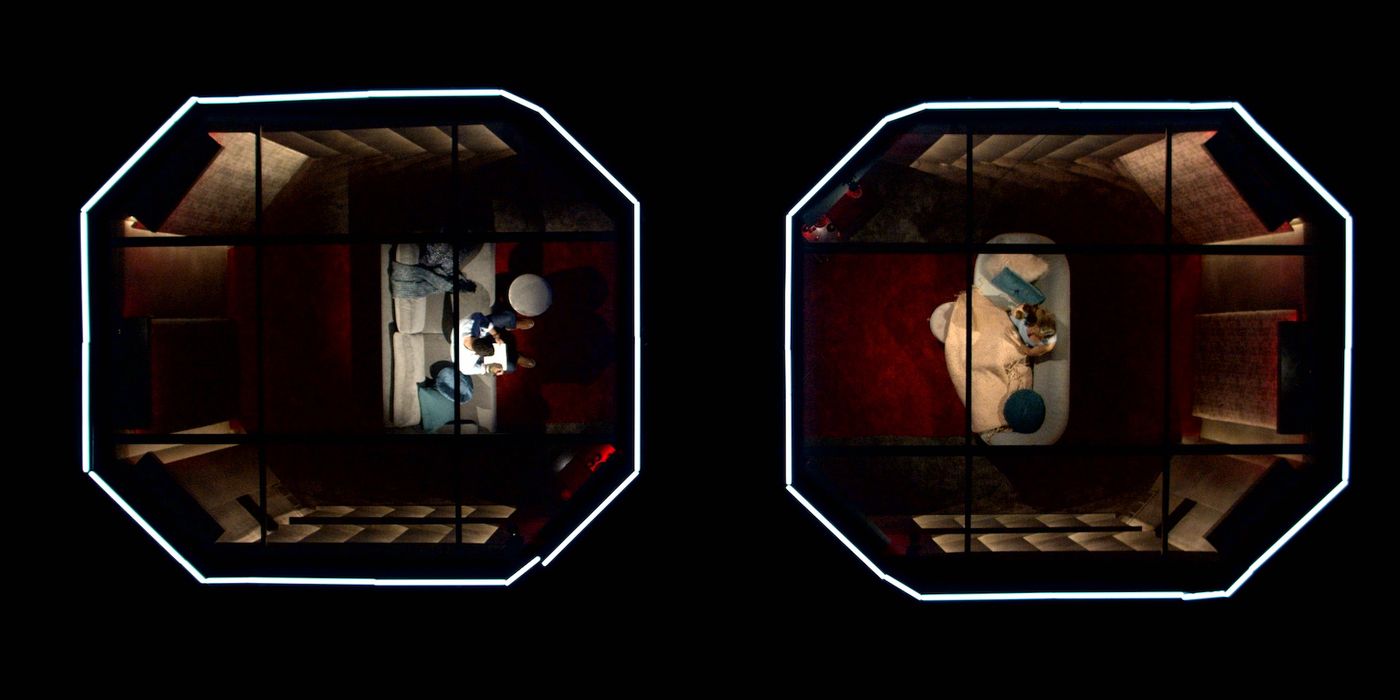
One defining feature of Love Is Blind that distinguishes it from other dating shows is the incorporation of the pods. Rather than traditional face-to-face dates, contestants are placed behind a barrier and communicate solely through specially designed pods. This unique method allows for unrestricted communication while eliminating the physical aspect of attraction. However, this approach also presents a downside. In the absence of visual cues, individuals with ulterior motives can easily deceive and manipulate their potential partners. This flaw in the pod system unfortunately leads to heartbreak for the genuine contestants who genuinely believe they have found love and become engaged to someone who is not sincere. Furthermore, the pace at which engagements occur on the show is another noteworthy aspect. The process seems to rush forward, with participants getting engaged too quickly. This haste increases the likelihood of making impulsive decisions and potentially forming connections with individuals who are not compatible or truly committed. To summarize, Love Is Blind’s use of pods offers a new and intriguing spin on dating shows. Nevertheless, the lack of visibility can lead to misleading and insincere relationships, causing distress for sincere participants. Additionally, the rapid pace of engagements may contribute to ill-advised decisions and less genuine connections.
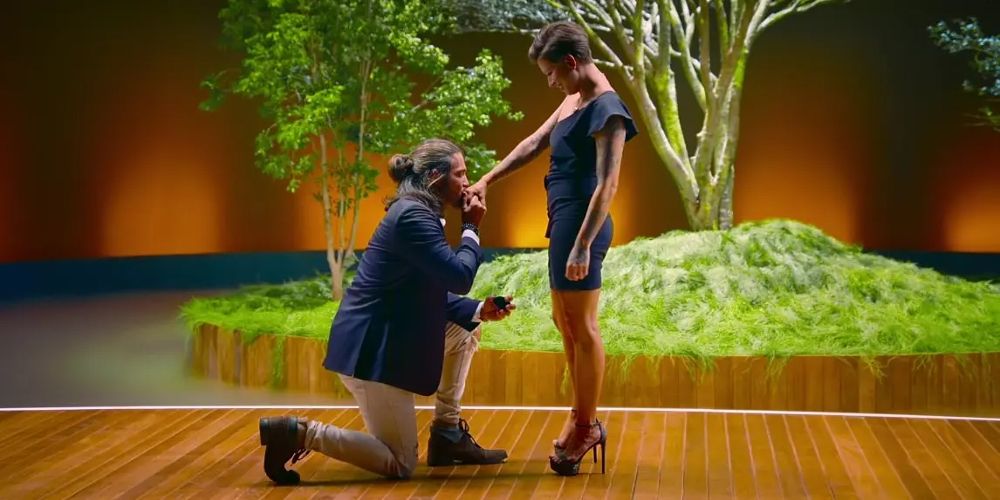
The size of the cast on shows like Married At First Sight often draws criticism, and the same can be said for Love Is Blind. Unfortunately, this is just a consequence of the show’s format. The pods are designed to facilitate quick engagements so that the series can progress. However, this means that some cast members may feel pressured to enter into a relationship hastily in order to keep up with the filming schedule. In an ideal scenario, the pod setup might work for some individuals given enough time. But when there are strict time constraints and financial limitations placed on the cast, it’s no surprise that not all of the couples manage to get engaged. Ultimately, the process is simply too fast for certain romances to truly develop. Furthermore, the sheer size of the cast on these shows makes it difficult for viewers to keep track of everyone. With so many individuals involved, it’s hard to invest deeply in each relationship and truly root for the couples. This can make it challenging for the audience to stay engaged and connected to the show.
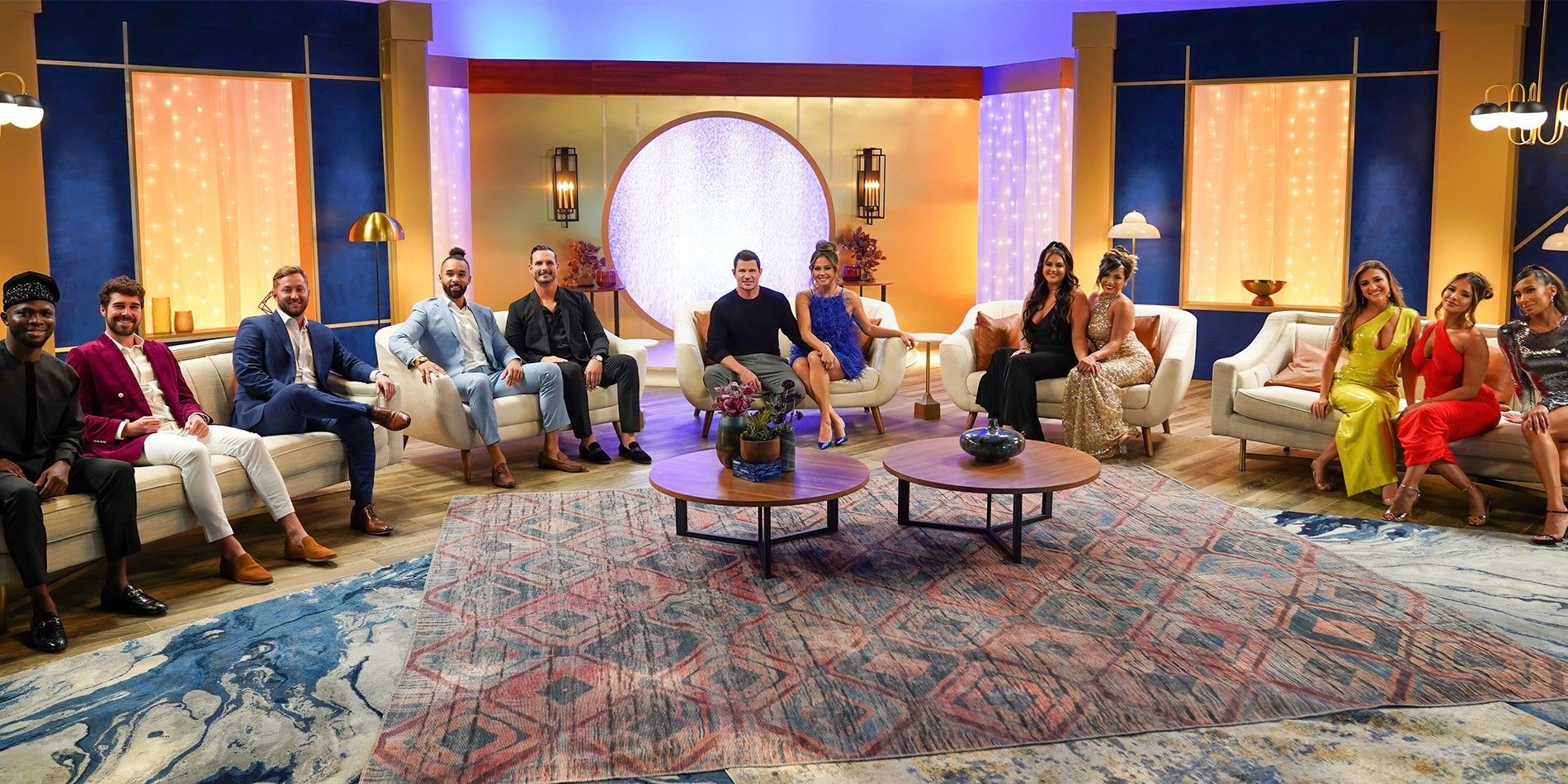
In order to create an entertaining and enjoyable show, the producers of Love Is Blind have to introduce a large number of cast members to increase the chances of successful couples. As a result, many of these individuals only receive minimal screen time and may not even progress beyond the initial stage of the pods. This approach, while necessary for the format of the Netflix reality series, leads to confusion among viewers regarding the identities of the participants and the development of their relationships. Furthermore, this strategy prevents audiences from truly getting to know the contestants until later in the show. As a result, the ethical implications of Love Is Blind’s structure can be called into question.

Love Is Blind is an exhilarating reality TV show that thrives on drama, and as a result, the cameras are always there, ready to capture every moment, regardless of the emotional impact on the participants. However, this aspect of the show can raise ethical concerns, leaving fans feeling uneasy after rewatching certain episodes. For instance, in Season 1, Giannina tried to remove herself from a distressing situation, only to find herself pursued by the relentless cameras, invading her personal space during a vulnerable moment. Additionally, throughout various seasons of the show, there have been numerous instances of gaslighting, where the producers have failed to step in and address the issue, seemingly prioritizing the goal of creating more captivating entertainment. It’s unfortunate that some individuals on the show may be motivated by a desire for temporary fame, as they are willing to compromise the well-being and emotional state of the participants involved. This aspect of Love Is Blind raises questions about the lengths people are willing to go for just a brief moment in the spotlight.
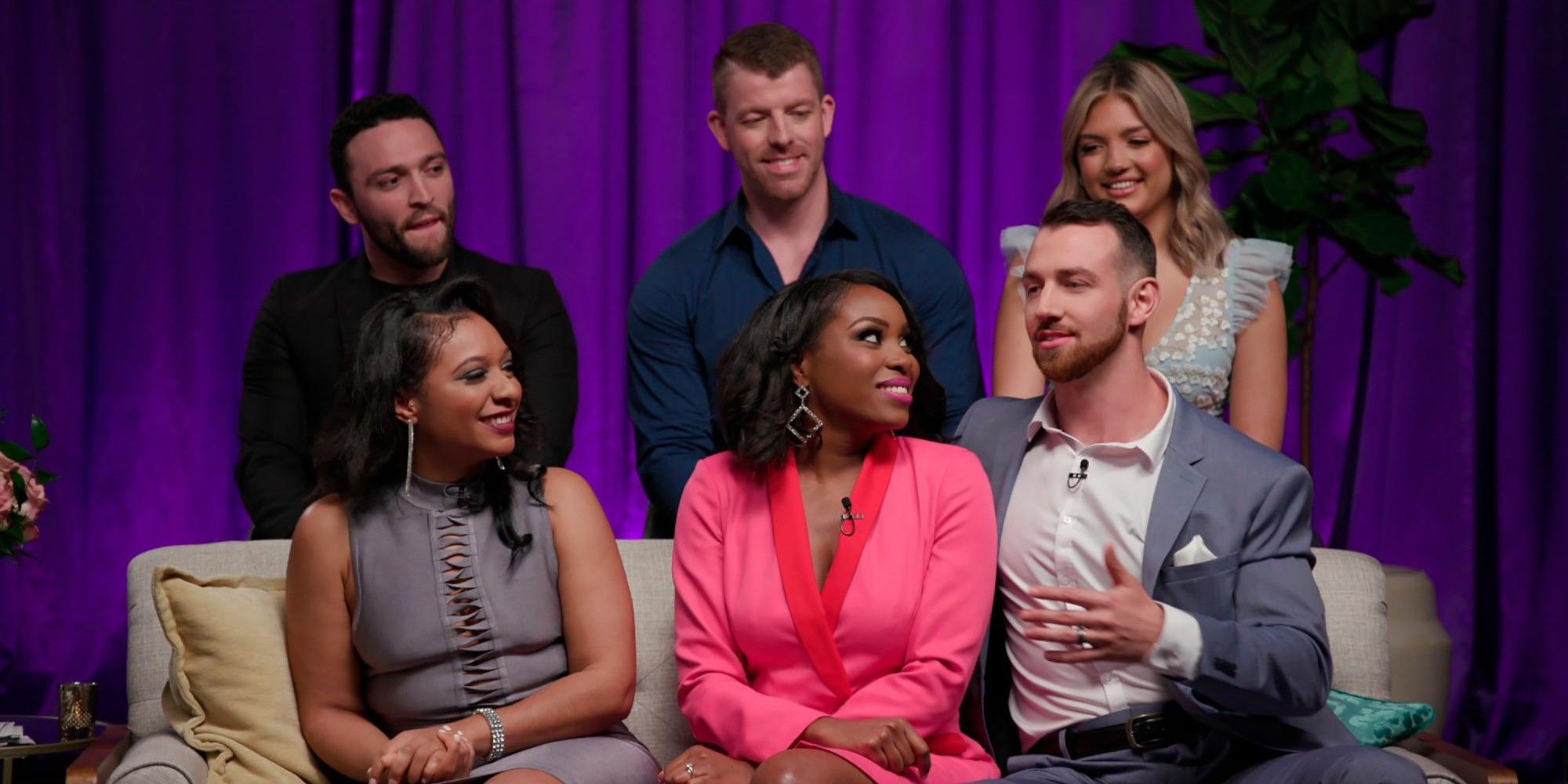
There has been mention before that a few individuals on the show may have joined with ulterior motives. The unfortunate truth is that Love Is Blind inevitably attracts contestants who are not genuinely searching for love, but rather seeking their own moment in the spotlight. It’s a fact of reality TV that there will always be those who are more interested in the potential brand deals, presenting gigs, and the chance to boost their public profile that come with being part of a globally broadcast series like Love Is Blind. Consequently, some participants may be merely playing the role of a besotted lover to prolong their time in the television limelight. It would be more appropriate to delve into this topic in a longer and more detailed manner.
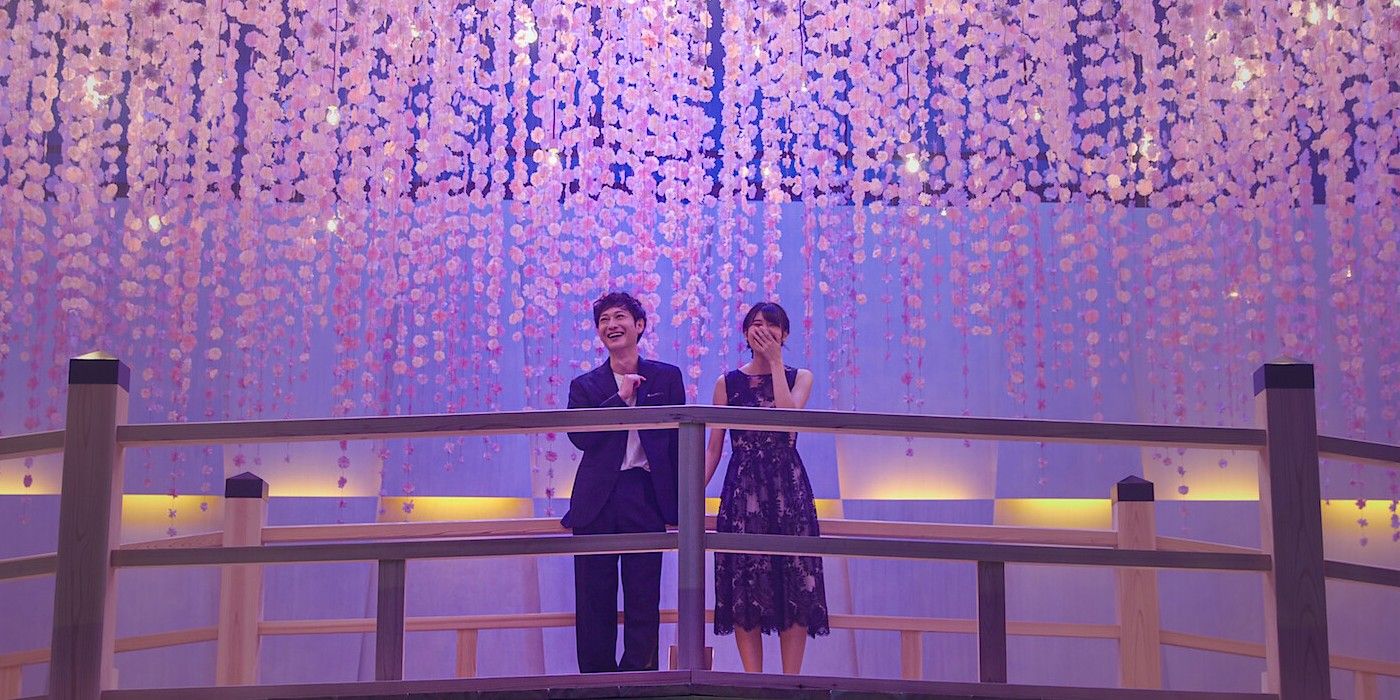
Given the abundance of cast members and the complex journey that couples embark on when they decide to move in together, navigate their daily lives, and ultimately tie the knot, it might be beneficial for Love is Blind to consider a longer format for the show. One reason why Love Island has achieved success is because of its frequent airings, allowing the show to delve into various storylines without feeling rushed. Love Is Blind, on the other hand, sometimes has to expedite certain captivating narratives due to its limited number of episodes, in order to maintain a cohesive and controlled structure. It’s important to note that Love Is Blind does not approach its content from a scientific perspective, unlike some other shows.
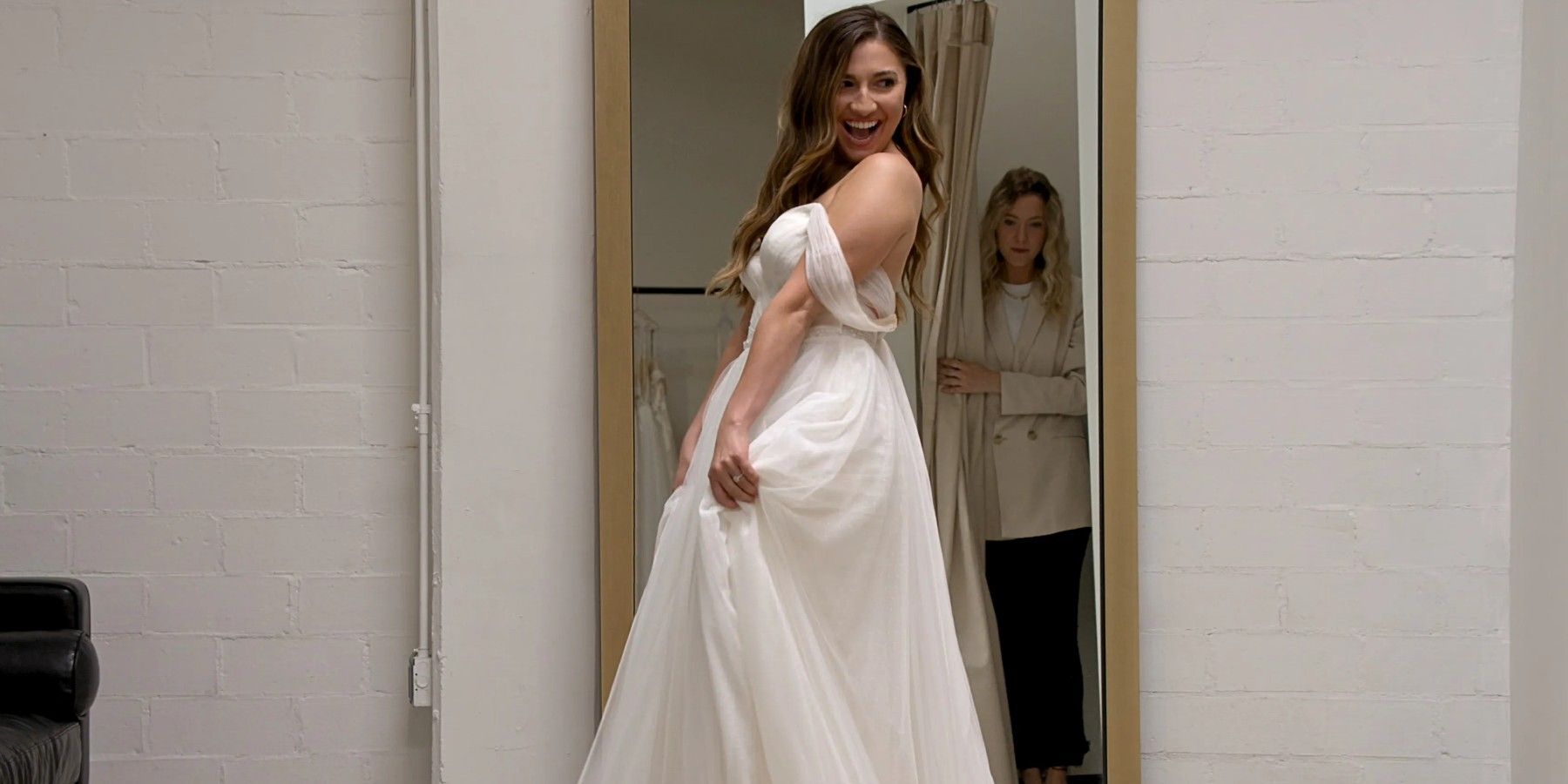
Reality shows that claim to know the secret recipe for love often face the same criticism – being labeled as fake and unscientific. Love Is Blind, on the other hand, prides itself on being an experimental and genuinely social experience. Yet, despite its bold claims, the show seldom explores the science behind love. Unlike other formats that have consistent experts providing insight for each couple, Love Is Blind often prioritizes juicy drama over delving into the psychology of relationships. However, whenever scientific moments do make an appearance, they captivate viewers and leave them questioning why there isn’t more emphasis on this aspect. This particular show takes great care in its casting process.
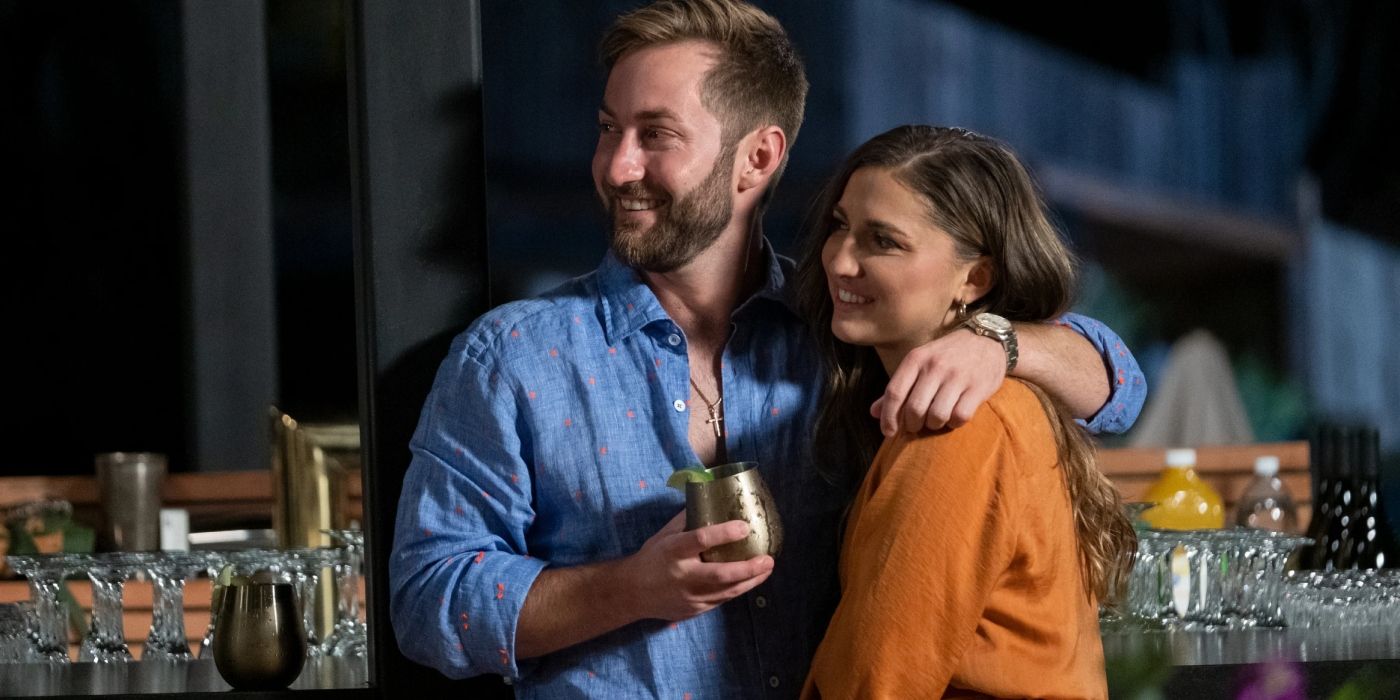
Love Is Blind stands out for its diverse cast, encompassing individuals from various cultural backgrounds. However, the show’s casting process adheres to specific criteria regarding age, body type, and professional backgrounds. Consequently, while Love Is Blind strives to depict authentic relationships, it may not accurately represent the average person. One aspect that reveals the show’s limitations is its predominantly heteronormative structure. The casting predominantly includes heterosexual individuals, leaving minimal space for the representation of the LGBTQ+ community or those exploring non-monogamous options. This lack of inclusivity has been a topic of discussion among viewers, provoking numerous engaging reactions on Twitter. Read on to discover some of the best and most amusing Twitter responses to the Season 3 reunion of Love Is Blind.

